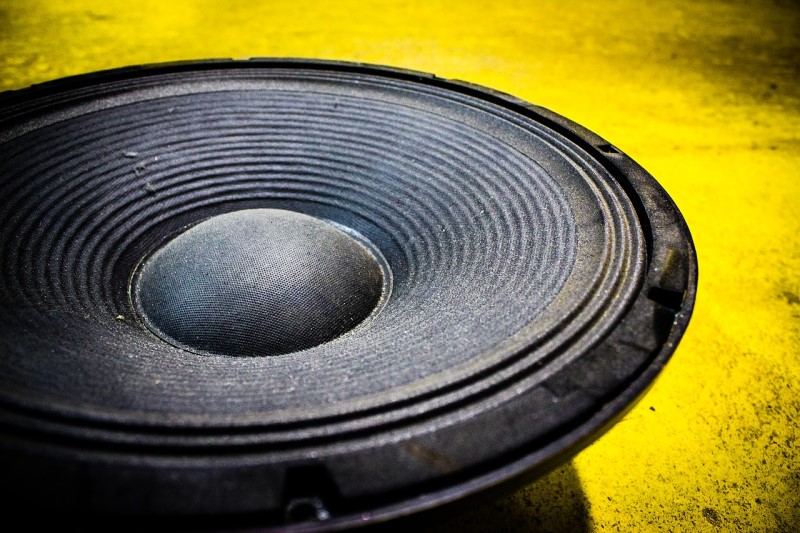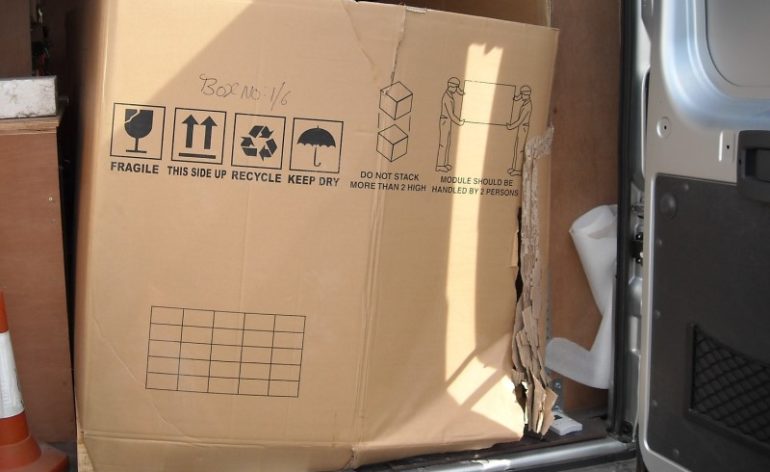How To Tell If a Speaker is Damaged by Shipping
We’ve all experienced the existential dread of opening our door and finding a package that looks like it was delivered by dropping it from a plane. That’s distressing even if you know the only thing in the box is a pair of shorts. But when it is your long-planned for and highly anticipated new home theater speakers, it can feel like a punch in the gut. Sure, you could send it back, but shipping times are long and you REALLY wanted these new speakers. Plus, they may have just dropped them off and scrammed. So, how can you tell if that speaker was damaged during the shipping process? Well, after you take some pictures of the damaged boxes before you open them just in case…
Examine The Enclosure
Step one is to take it out of the box and examine the enclosure. Speaker manufacturers know that their boxes are heavy and can be dropped and damaged during shipping. They plan for this by double-boxing their speakers and making sure there is plenty of padding (usually molded Styrofoam) around the speakers. That foam should protect the speaker no matter how much damage the box sustained during shipping.
Once you’ve got the speaker out of the box, take a close look at the enclosure. Are there cracks or nicks? Does it physically look like something is wrong with the speaker? If not, give the speaker a little shake. With mishandling during shipping, the internals of the speaker might get damaged. If you hear something rattling around in there, pack the speaker back up and call for a refund. If everything looks and sounds solid, it is time to move to the next step.
Examine The Drivers
We’ve talked about how to fix a damaged speaker driver before. It is time to look for some of those same common problems. You want to look for damaged cones (the stiff part of the driver), pushed in dust caps (the center of the driver), and ripped surrounds (the rubber, outside part of the driver).

Don’t be afraid to push lightly on the cone (not the dust cap) to move it in and out. This should help reveal any problems with the surround. We would expect any damage to the drivers to be fairly evident. If you don’t see any right away, there probably isn’t any damage.
Hook Them Up and Play Some Sweeps
The last step is to hook them up and start using them. Now, you could just connect them to your system and use them normally. But there is a chance that you might not notice any damage until you play very specific content. That’s why we recommend you download some sweeps (from here) and play them through your speakers.
At this point, you will be listening for any buzzing, humming, or other unusual noises. Make sure you turn your system up fairly loud during these tests. If your speakers were not damaged during shipping, playing loud sweeps through them won’t hurt them. Listen to each speaker individually (walk up to them if you have more than one speaker playing at the same time) and listen.
A damaged speaker isn’t a subtle thing. It will get to a point where the damage is affecting the sound and it will be obvious. The only thing that might not be obvious is if a driver is completely silent. If the sweep seems to disappear at either the top or bottom end, it could be that your tweeter or woofer (respectively) is not working. If it is at the low or high end of the frequency range, your speaker might not be damaged, it just can’t play that low or high. Compare it to other speakers playing the same sweep to double-check.
Conclusion
And…you’re done. In the end, even if the enclosures are slightly damaged, the speakers may play fine. You may want to contact the shipper or manufacturer (again, take lots of pictures before you open anything) to see if they will refund any of your money. Of course, if you have to sign for the delivery, and you see that the box has been damaged during shipping, you can refuse the speaker delivery.
Have you had problems with speakers arriving in damaged boxes? How did it work out for you? Let us know in the comments!


